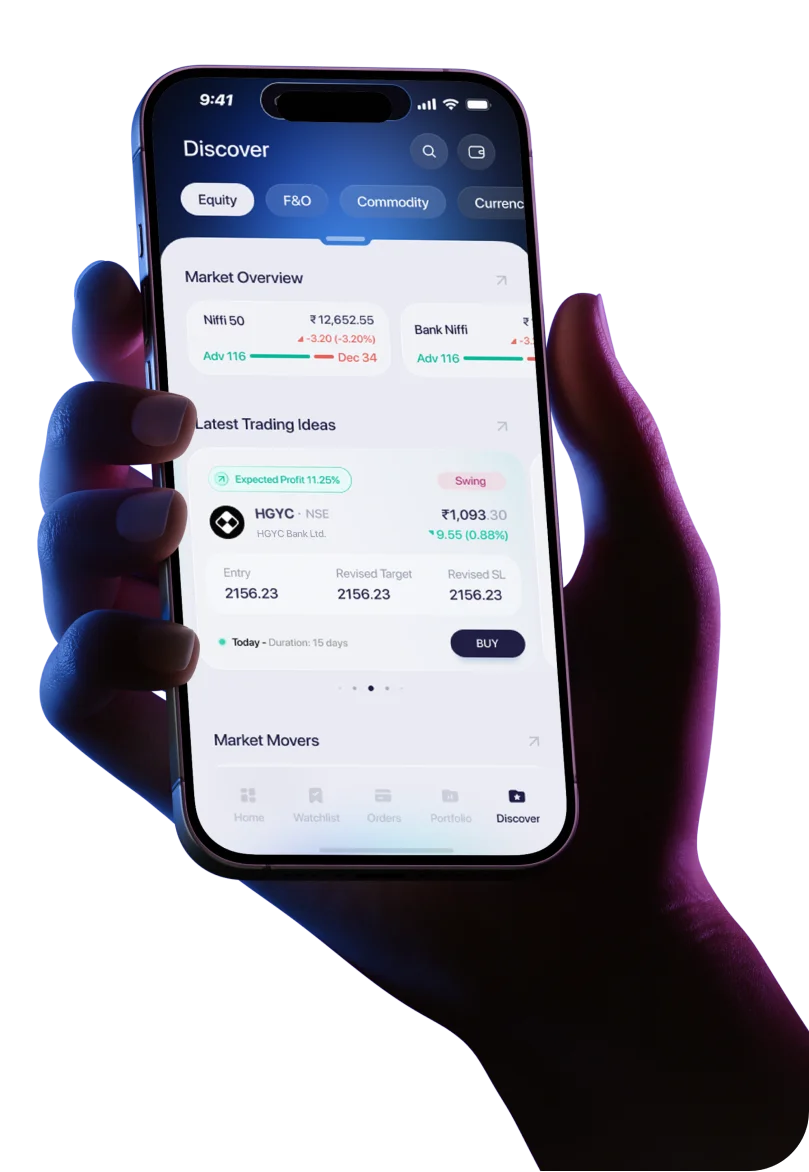I. Introduction
Pledging of shares refers to the practice where promoters use their shareholding as collateral to secure loans.
For retail investors, understanding this concept is critical because pledged shares—while not always dangerous—can quietly signal underlying financial stress in a company.
Pledged shares often remain hidden in the background, but when things go wrong, they can lead to a freefall in stock price. That’s why pledged shares are often called the hidden red flags in stock investing.
II. What is Pledging of Shares?
Pledging of shares is similar to mortgaging your house to get a loan. Here, promoters pledge their equity holdings to financial institutions to raise funds—without actually selling their stake.
Example:
Imagine a promoter holds 60% of a company’s shares and pledges 40% of that stake to raise funds. If the promoter defaults, the lender has the right to sell these shares in the open market to recover dues. This could result in a sharp fall in the share price due to heavy supply and loss of confidence.
III. Why Do Promoters Pledge Their Shares?
Promoters may pledge shares for multiple reasons, some strategic and others worrying:
- Business Expansion:
Promoters may need capital for new projects, acquisitions, or R&D. Instead of raising debt via banks or diluting equity, they pledge their existing shares as collateral. - Debt Repayment:
In cases where a company or promoter entity has prior obligations, pledging is used to refinance or repay existing debt. - Personal Needs (Red Flag):
Sometimes, promoters use pledging to meet personal financial needs—this is often a red flag, especially if the business fundamentals do not warrant such urgent cash requirements.
While not always negative, pledging must be understood in context.
IV. How Does Pledging Affect Stock Price?
Pledged shares introduce a layer of risk into the stock. If the value of the pledged shares falls below a certain level, lenders can initiate a margin call, requiring promoters to top up collateral or risk losing their shares.
If they fail to do so:
- Forced Selling occurs, leading to a glut of supply.
- Investor Panic spreads, triggering broader sell-offs.
- Volatility spikes as confidence erodes.
Case in Point: Yes Bank (2018–2020)
Promoters had pledged a significant chunk of their holdings. As the stock price dropped, margin calls were triggered, leading to forced selling and an eventual collapse in the share price. Retail investors bore the brunt.
V. Red Flags to Watch For
Not all pledging is bad. But watch out if you notice:
|
Red Flag |
Why It Matters |
|---|---|
|
>40% of promoter shares pledged |
High financial risk and potential instability |
|
Pledging increasing over quarters |
Indicates growing dependency on debt |
|
Promoter holding consistently falling |
Shows possible loss of confidence or debt pressure |
|
High pledging + weak fundamentals |
Most dangerous combo: financial stress + poor business |
These signs indicate elevated risk and warrant deeper due diligence.
VI. SEBI & Exchange Regulations on Pledging
To protect investors, SEBI (Securities and Exchange Board of India) mandates regular disclosures of pledged shares.
- Promoters must disclose the percentage of shares pledged in quarterly filings.
- These disclosures are available publicly on BSE and NSE portals.
- SEBI also enforces regulations to avoid misuse or non-disclosure of pledged assets.
Investors can also use platforms like Samco’s Risk Score tool to easily track and evaluate the level of pledging.
VII. How to Check Pledged Shares Before Investing
Before investing, you should always verify whether a company has significant pledged shares.
Here’s how to check on NSE/BSE:
- Go to the NSE website → Search for the company → Click on “Shareholding Pattern.”
- Under Promoter Holding, look for “Shares Pledged or Otherwise Encumbered.”
- BSE: Navigate to the company’s profile → “Corporate Filings” → “Shareholding Pattern.”
VIII. Should You Avoid Stocks with High Pledging?
Not necessarily. While high pledging adds risk, it must be seen in the context of fundamentals.
For example, an infrastructure or real estate firm may have high promoter pledging due to capital-intensive nature of the sector. However, if revenue growth, margins, and business outlook remain strong, the risk could be manageable.
📌 Sectors Where Pledging is Common:
- Infrastructure
- Real Estate
- Power & Utilities
- Capital Goods
The key is to look at the reason behind the pledge and whether the promoter has a credible repayment plan.
IX. Summary / Conclusion
Pledging of shares is not always a bad sign—but it is certainly not something to ignore.
It’s a signal, not a verdict.
Educated investors treat pledged shares as a risk-check—not an automatic reason to avoid the stock. Before investing, always look into:
- The percentage of pledged shares
- The reason for the pledge
- Whether fundamentals support the risk
By staying vigilant, you can avoid nasty surprises and make more informed decisions.




 Easy & quick
Easy & quick
Leave A Comment?